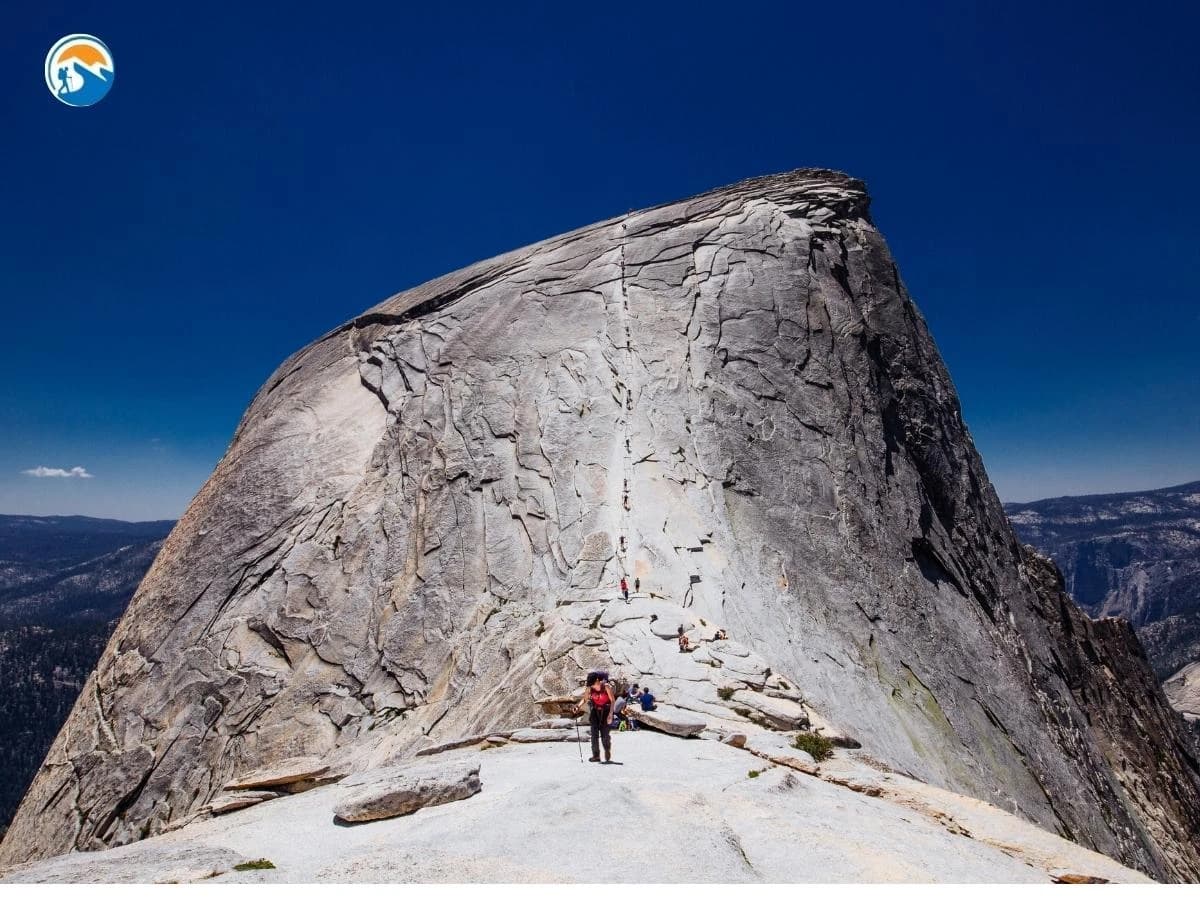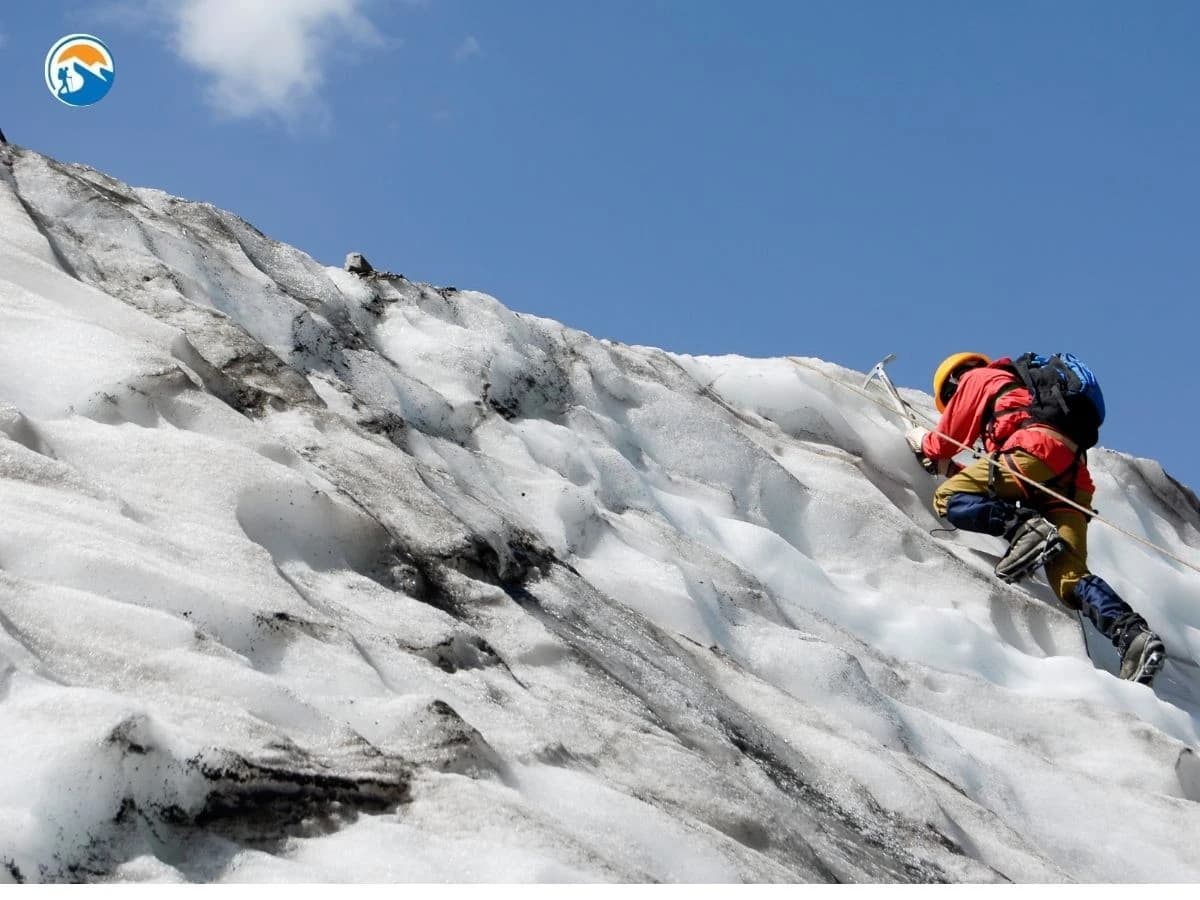Chulu East Peak Overview
Chulu East Peak, at an impressive 6,584 meters (21,601 feet), offers climbers a captivating journey through the Annapurna region of Nepal. This challenging yet rewarding climb blends the thrill of mountaineering with the beauty of Nepalese culture, providing unforgettable experiences, from breathtaking views of the Himalayas to encounters with traditional Nepalese villages.
The journey to Chulu East Peak begins with a scenic trek through the Annapurna region, famous for its stunning landscapes, lush forests, and diverse flora and fauna. As you progress, the terrain shifts from subtropical forests to alpine meadows, providing ample opportunities to witness the region’s biodiversity. Along the way, you pass through charming villages like Manang, where you experience the hospitality of the Gurung and Manangi communities, approaching culturally enriching as it is visually spectacular.
Reaching the summit rewards climbers with panoramic views of some of Nepal’s most iconic peaks. On a clear day, climbers are treated to a 360-degree vista, including Annapurna II, Annapurna III, Annapurna IV, Gangapurna, Manaslu, Pisang Peak, and several other dramatic mountain ranges. This view from the summit is often described as one of the best in the Annapurna region and provides a once-in-a-lifetime photo opportunity.
Chulu East is considered a moderately technical climb, making it ideal for those with basic mountaineering skills looking for a more significant challenge. The ascent requires some use of ice axes, crampons, and ropes, especially on the upper sections where snow and ice are more prevalent. While technical, it’s a climb that provides invaluable experience in high-altitude climbing, particularly for those looking to prepare for more prominent peaks.
The trek and climb include several days dedicated to acclimatization, usually in Manang, which sits at over 3,500 meters. This period allows climbers to adjust to the altitude, explore nearby viewpoints like Ice Lake and Gangapurna Lake, and learn more about high-altitude mountaineering. The acclimatization process, while challenging, is critical to a successful climb, reducing the risk of altitude sickness and allowing climbers to enjoy the climb to its fullest.
Throughout the journey, climbers pass through traditional villages, interact with local communities, and gain insights into the Buddhist culture that permeates the Annapurna region. Manang, in particular, is a cultural hub where you can visit monasteries, learn about local customs, and see how life is lived in one of the most remote parts of Nepal. These cultural encounters add a rich, human dimension to the climb, making the journey as meaningful as the destination.
While trekking through the Annapurna region is popular, the climb up Chulu East is a more secluded experience. Climbers camp in high-altitude environments, setting up tents near the base camp at around 5,300 meters. This remote wilderness experience lets climbers connect with nature, feel the stillness of the mountains, and prepare for the summit push away from the bustling trails below.
Conquering Chulu East is no small feat. It is a mountain that demands endurance, resilience, and preparation. Successfully reaching the summit instills a profound sense of achievement, making it a milestone for climbers and adventurers. This climb is often a stepping stone for those pursuing higher peaks, providing experience, skills, and confidence for future challenges.
In essence, Chulu East Peak Climbing is a blend of adventure, culture, and nature, offering climbers an unforgettable Himalayan experience. The journey captures the spirit of mountaineering and the beauty of Nepal, making it a worthy and memorable expedition.
Highlights Chulu East Peak Climbing
-
Incredible views of the Annapurna and Dhaulagiri ranges, lush forests, and traditional Gurung and Thakali villages.
- Breathtaking panoramic views of the Annapurna range, including Annapurna II, Annapurna IV, and the impressive Dhaulagiri massif.
- Chulu East tends to be less crowded, offering a more tranquil climbing experience.
- Opportunity to experience the local culture and traditions of the Nepalese highlands.
- A rewarding climb for those seeking an adventurous expedition in the Himalayas.
What Can You Expect From Chulu East Peak Climbing?
Climbing Chulu East Peak offers a thrilling Himalayan adventure with stunning views, technical climbing, and a cultural journey through the Annapurna region. Expect a trek through diverse landscapes, with acclimatization stops in traditional villages like Manang, and panoramic summit views of Annapurna, Gangapurna, and Manaslu.
The ascent involves moderate technical challenges—using crampons, ice axes, and ropes—ideal for climbers with basic mountaineering skills. You’ll experience remote camping, close encounters with local Buddhist culture, and the rewarding accomplishment of summiting a 6,584-meter peak, making it both a memorable and skill-building expedition.
17 Days Detailed Itinerary (Full Detailed)
we have explained details itinerary of the Chulu East Peak Climbing



